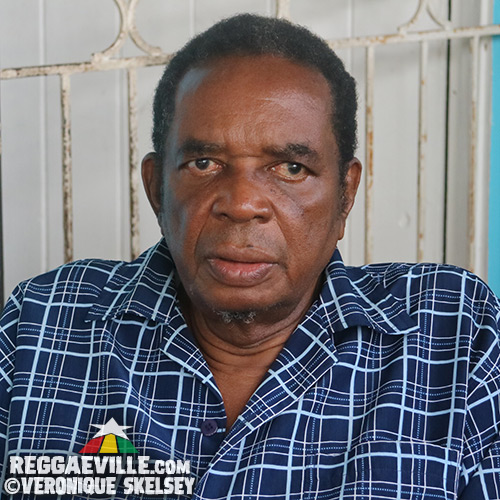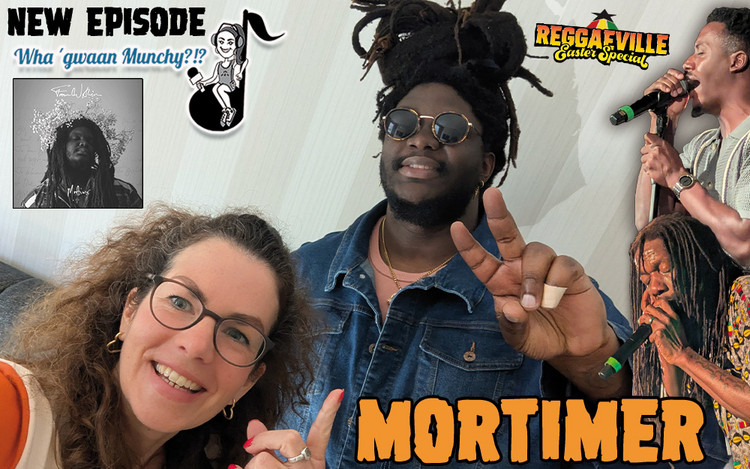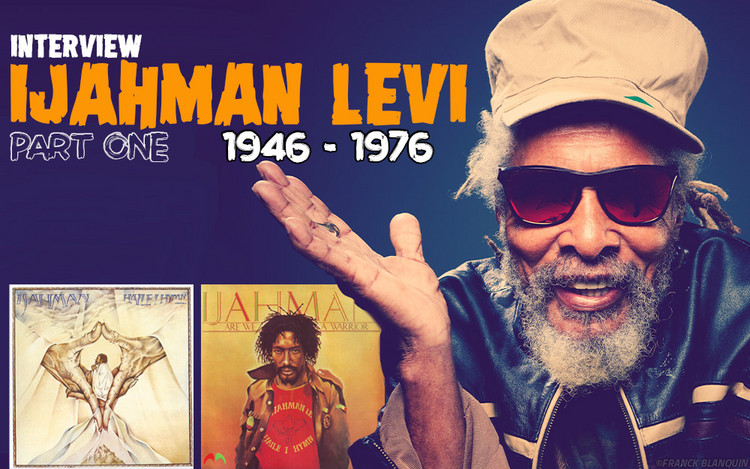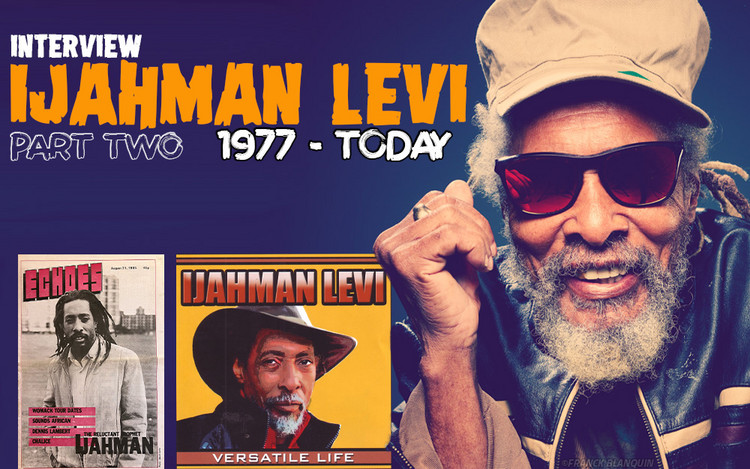Sylvan Morris ADD

Sylvan Morris is the jamaican sound engineer behind thousand of tunes and some of the best classics reggae albums. From the mid sixties till the 90’s, he shaped a unique sound in the best studios of the island in the sun. He’s done work for artists like Gregory Isaacs, Burning Spear, Augustus Pablo, Dennis Brown, Bunny Wailer, The Heptones, Big Youth, Ken Boothe, The Gladiators, Delroy Wilson and many many more.
Sylvan Morris started his career at the famous WIRL studio (renamed Dynamics later) in 1966. Thanks to Graham Goddall who was looking for a technician to set up some equipment. He worked there for two years and then went to Duke Reid (Treasure Isle Recording Studio) for a couple of months. He was responsible for recording and mixing hit tunes like The Jamaicans 'Ba Ba Boom'. He decided to leave this studio because the neighborhood and the environment were rather harsh.
In 1968, Sylvan Morris was 19 years old and he joined Studio One Recording Studio at 13 Brentford road. There was a lot of rivalry going on between Duke Reid (Treasure Isle) and Clement Dodd (Studio 1). Coxsone recruits him because he needs a good engineer to bring out a unique sound and also a good ear to accompany the musicians and singers at the arrangements level. Coxsone used to do a lot of mixing himself, before Sylvan Morris came. He started as engineer but became quickly producer and arranger of a lot of songs because most of the time, Coxsone wasn't even in the studio so he didn't know what was happening. Coxsone was focused on auditions. After the Coxsone’s auditions, the artists were in the studio with Sylvan Morris, Jackie Mittoo, Leroy Sibbles most of the time. At Studio One Recording Studio, Sylvan Morris have recorded the greatest singers of that time: Ken Boothe, Delroy Wilson, Dennis Brown and The Heptones to name a few and the best musicians : Lloyd Knibbs, Horsemouth, Phil Callender & Bog Walk (Drum), Bagga & Leroy Sibbles (bass), Jackie Mitto (keyboard), Cedric Im Brooks, David Madden, Vin Gordon & Trammie (horns). When Jackie Mittoo left the ship, it was Leroy Sibbles and Sylvan Morris who takes care of all the work.
Sylvan Morris worked on a two-tracks. "What we actually do, is that we would record the original rhythm the bass and drum on one track, and all the other rhythms on the other track. What we would do then is play it back to the singer, and then record it on another two track because we had two machines. So we would have the whole rhythm on one track, and the voice on the other. And then we probably do another mix to bring the whole together."
Jackie Mittoo had a lot to do with the formulation of bass lines, when he was there. Sometimes they had a tune, and they wanted to do another tune, so they would use the bass line and turn it backwards! So they would get a sound that audience was familiar with, but they didn't know where it's from. Sylvan Morris would play it, play it from the back to the front instead of the direct way. "A lot of people don't know all the things still (laughs), the same bass, we would use it in so many different ways. We might skip a beat here, put in a beat there, but use the original format." Sylvan Morris nickname was 'My Engineer'. Now the reason for that, was that at the time he was very strong in getting the tune to sound a particular way. Sylvan Morris built a bass box and mic it from the back to get that special sound. "To me I always hear a heavier sound from the back of the box, but it doesn't really penetrate out. If you put a mic there you will get it, and we usually do that. So it had a lot to do with arranging and engineering, cause I don't think they can get back that sound."
As far as Sylvan Morris remembers, The Studio One studio equipment was good : Hammond organ B.3 (quite unique on the island), Ampex tape recorder, Pultek equaliser, Sound Dimension echo unit and reverb machines, AKG mic on the piano But others things like the console which was a 'Lang' or 'Long' wasn't top of the line. Some of the microphones weren't sensitive to the bass end of the spectrum, they were more sensitive to the mids and the top end. So they would use them in such a way to get a mixture. It was a unique arrangement, Sylvan Morris had to use his imagination to get the right vibration. "Even the mic of the drums, at the time. The way you mic drums is sophisticated now, having eight microphones or more on the drum, we never used to do that. We had about two, so you would get an overall sound of the drum, you have to place it a strategic spot to get everything. You notice on the tunes that you don't get the heavy bass drum beat, but then its together, which made the sound so good". That unique sound came from the actual knowledge of Sylvan Morris and the musicians. Sometines also a singer would come along like Burning Spear. "Burning Spear came by Studio One, one day, he said he had a vision that he should come by the studio to sing. So he came and we listened to the songs that he had, and then go into the studio to create a rhythm to suit them".
After six intense years of recordings and mixing, Sylvan Morris left Studio One around 1974. He was working a lot, like he was Coxsone's son. "I got a lot of promises, that didn't really come about. I’ve lost too much time doing a lot of work, and not collecting enough for it. Coxsone is a very smart chap, it seems as if he exploited the youth. If a man is young, and just coming as an artist he doesn't know really much. They should have gotten a better deal from him."
Sylvan Morris became resident recording engineer at "Harry J", on 10 Roosevelt Avenue, Kingston. He did famous recording sessions like Bob Marley & The Wailer's ‘Natty Dread’. Harry J’s studio became one of the most famous Jamaican studios after this session. Unfortunatly in the 2000’s, Sylvan Morris turned blind and needs a helper most of the time.









